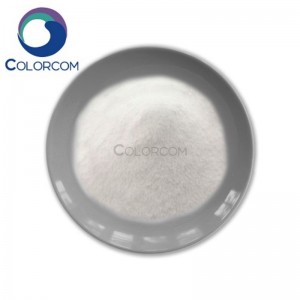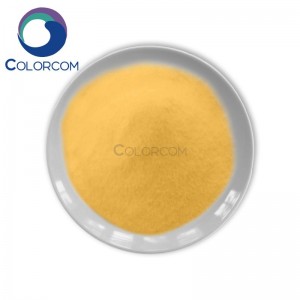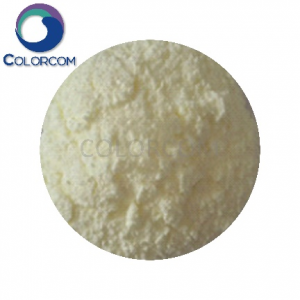Adenine | 73-24-5
Product Description
Adenine is a fundamental organic compound classified as a purine derivative. It serves as one of the four nitrogenous bases found in nucleic acids, namely DNA (deoxyribonucleic acid) and RNA (ribonucleic acid). Here's a brief description of adenine:
Chemical Structure: Adenine has a heterocyclic aromatic structure consisting of a six-membered ring fused to a five-membered ring. It contains four nitrogen atoms and five carbon atoms. Adenine is commonly represented by the letter "A" in the context of nucleic acids.
Biological Role
Nucleic Acid Base: Adenine pairs with thymine (in DNA) or uracil (in RNA) through hydrogen bonding, forming a complementary base pair. In DNA, adenine-thymine pairs are held together by two hydrogen bonds, while in RNA, adenine-uracil pairs are also held by two hydrogen bonds.
Genetic Code: Adenine, along with guanine, cytosine, and thymine (in DNA) or uracil (in RNA), forms the genetic code, encoding instructions for protein synthesis and carrying genetic information from one generation to another.
ATP: Adenine is a key component of adenosine triphosphate (ATP), an essential molecule in cellular energy metabolism. ATP stores and transports chemical energy within cells, providing the energy necessary for various cellular processes.
Metabolism: Adenine can be synthesized de novo in organisms or obtained from the diet through the consumption of foods containing nucleic acids.
Therapeutic Applications: Adenine and its derivatives have been investigated for potential therapeutic applications in areas such as cancer treatment, antiviral therapy, and metabolic disorders.
Dietary Sources: Adenine is found naturally in various foods, including meat, fish, poultry, dairy products, legumes, and grains.
Package
25KG/BAG or as you request.
Storage
Store at a ventilated, dry place.
Executive Standard
International Standard.









